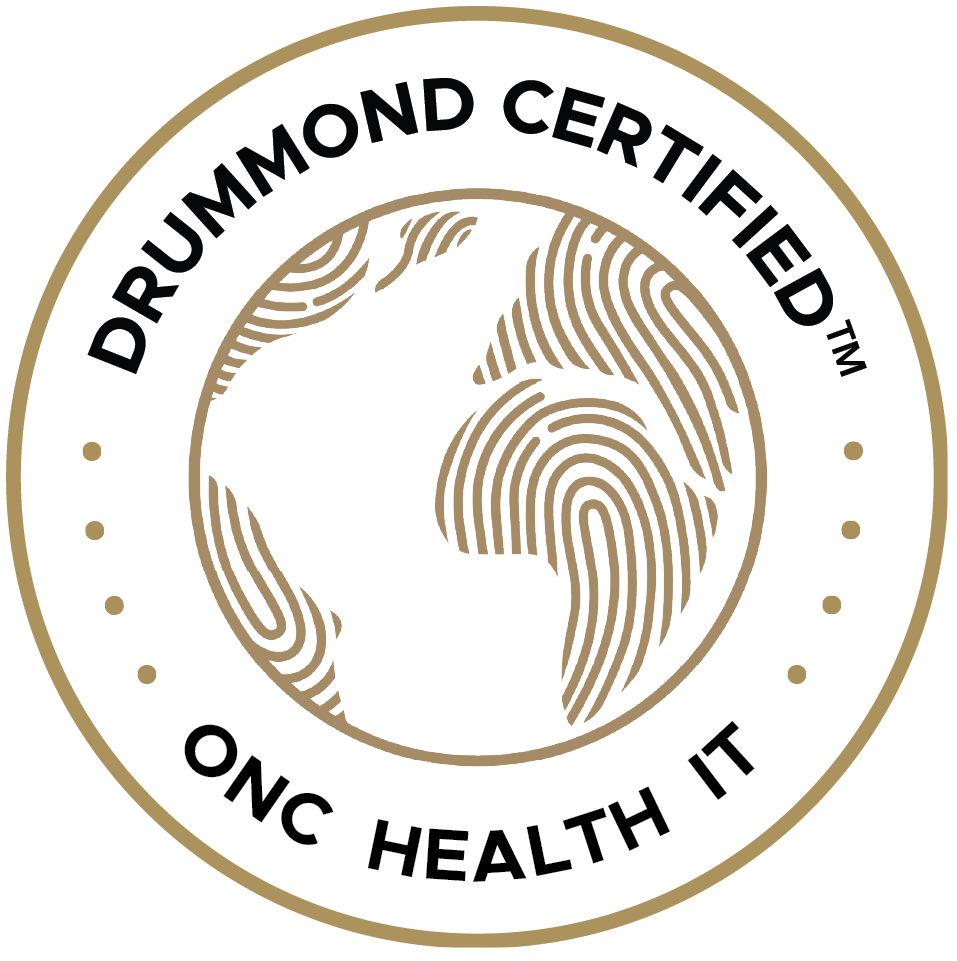Behavioral health practitioners provide treatment to help people struggling with behavioral problems impacting their overall health and well-being. Healthcare specialists in this field deal with mental health and substance abuse conditions, stress-related physical symptoms, patient activation, and various health behaviors.
Clinicians in the behavioral health field often have many distinct factors associated with their practice due to the nature of behavioral healthcare. One single patient may require referrals to different providers, which leads to various sources of patient engagement, billing, and outcomes that need to be documented. This documentation also needs to be accessible by every provider working with a patient. Electronic health records (EHRs) enable behavioral health clinicians to create a centralized, secure database for a single patient’s medical records and treatment history, which can be accessed by any provider working with that patient. This will improve the quality of care that they receive.
It is estimated that approximately 46-61% of practitioners in behavioral healthcare fields utilize some form of electronic recordkeeping, compared to roughly 96% of general medical practitioners. Most behavioral health practitioners still rely on outdated methods, which creates more work for clinicians and makes it more difficult to collaborate with other professionals in the field. This can ultimately lead to delays in patient care and worse patient outcomes.
An EHR system is a recordkeeping software designed to meet the specific needs of providers in the field. For different providers working with a single patient, it’s a centralized digital database that enables the uploading of records pertaining to the care of that patient. This improves the efficiency and quality of care that the patient receives and enhances collaborative efforts among different providers.
Since behavioral healthcare includes such a wide range of conditions, many different providers would benefit from implementing an EHR system into their daily practice. Broad examples include mental health professionals, inpatient or outpatient treatment programs, substance use/addiction counselors, special education aides, early intervention specialists, and developmental disability service providers. Specific examples include psychiatrists, psychologists, social workers, and counselors in private and group practice settings.
What should be in the behavioral health EHR includes the following features to optimize patient care.
**1. EHR documentation: **This enables providers to create, store, and access records for specific patients based on the treatment provided during an interaction with that patient. These could include daily progress notes, initial evaluations, or treatment plans usually written by a provider. This documentation system should also be tailored for the type of visit. Simple interactions between a patient and a provider that require less documentation should have quicker workflows than longer, more in-depth patient interactions.
**2. Telehealth/Telemedicine services: **Features like video chatting, appointment scheduling, electronic prescriptions, and others enable a patient to have more convenient access to their providers, which may improve compliance and the patient’s experience.
3. User-friendly operation: A big issue in implementing an EHR system is the usability of the software. The more user-friendly it is for the patient and the provider, the more likely it will be implemented into practice. Workflows within EHR software should be tailored to the needs of an individual practitioner and promote efficient use. An application that requires twelve different steps to enter a documentation may be viewed as cumbersome, leading to diminished interest in utilizing the system.
**4. Messaging features: **These allow for quick, easy, and secure communication between patients and their providers. This interaction could be a critical feature in improving behavioral healthcare. With ready access to their provider, a patient can ask about something simple related to a prescription or appointment or can alert their provider to a more serious event that they may be experiencing.
**5. Reporting/Data management features: **EHR software enables providers to create detailed reports for individual patients to see how they have progressed through their treatment over time. The system also enables providers to develop de-identified datasets to present to colleagues or supervisors to improve the management of cases or the facility in general.
6. Patient Chart: This should be a secure, HIPAA-compliant electronic location for a provider to upload and manage documents for a specific patient. It’s where providers upload the electronic notes that they take, in addition to any other documentation that applies to the patient, including results from diagnostic testing or prescriptions. It can give one provider working with a patient an opportunity to see what another provider is doing to provide care for the same patient.
**7. Patient Portal: **The patient portal provides the patient with secure access to their medical documents, assessment outcomes, testing results, billing, and payment history.
8. High-quality customer support team: An efficient response to any issues that arise is crucial to ensure that practitioners are using the EHR software. Different software programs should have a technical staff willing to collaborate with the providers utilizing their software to create workflows that improve the clinical practice.
**9. Mobile/Cell phone apps: **An EHR system may include an app that provides patients with a secure method to access their patient portal and providers through their phones. The ability to use the software app on different devices is also essential. This way, a patient can access their records at home without having to go into their providers’ offices, which can improve the patient’s perception of the care that they are receiving.
Specific examples of what should be in the behavioral health EHR software tools used in various settings:
The most crucial aspect of behavioral health is the level of usability for providers. They will be more likely to implement an EHR system into their practice if they know that it will improve patient outcomes. To optimize its usability, the software should contain workflows, applications, and patient portals designed collaboratively between the behavioral healthcare provider and the designer.
Here at CarePaths, we help therapists work more effectively and improve patient outcomes. To learn more about how we can help you, start your free trial today!









